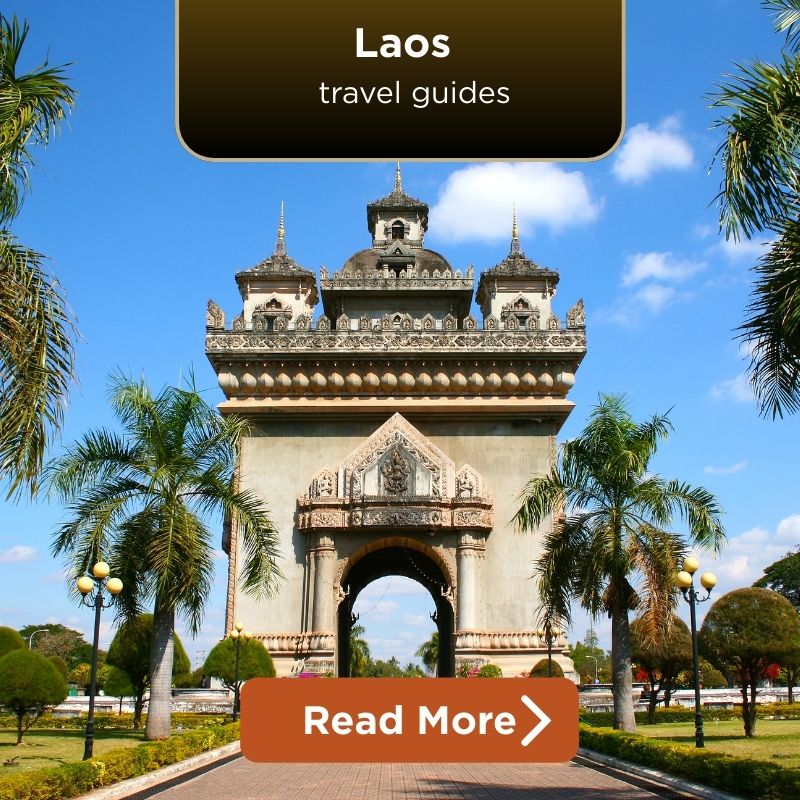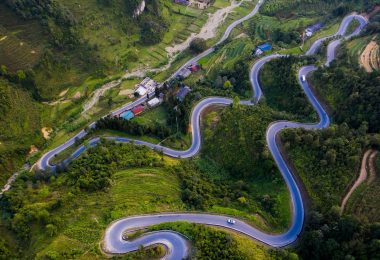How Long Does It Take to Reach Ha Giang?
Traveling from Ha Noi to Ha Giang might be an adventure of your holiday, but having the right time frame prepares you better, particularly if you’re taking a return airport bus, connected to a Sapa to Ha Giang bus, or further towards Cao Bang.
Let’s break it down by transport:
- Private Car/Van Transfer: Ideal for comfort and flexibility, the journey takes approximately 6–7 hours without long breaks. Ideal for families or those who arrive in Hanoi and proceed straight to the north.
- Sleeper Bus or Limousine Van: The most budget-friendly option. Buses depart from My Dinh Station, Gia Lam, or stopovers at the Hanoi Old Quarter. Journey times range from 6–9 hours, depending on traffic and how many stops are made.
- Motorbike: For travel enthusiasts riding the fabled Ha Giang Loop, it’s typically 8–10 hours including stops, gas, and breaks. This option requires good health, a good license, and experience on a bike.
Time Breakdown by Segments
- Hanoi to Tuyen Quang: ~2.5 hours
- Tuyen Quang to Ha Giang City: ~3.5–4 hours
- Adjust for slower speed in rain or fog, especially closer to Dong Van or Du Gia Village if completing the loop.
When Should You Depart Hanoi?
Leave by 9:00 AM if possible. This avoids city rush hour traffic and gives a daylight arrival. For overnight buses, 8:00 PM to 10:00 PM departures are the norm, which lets you sleep en route and arrive early.
Local Tip
Attempt to arrive in Ha Giang before nightfall, especially when going directly into the mountains. Nighttime mountain roads, especially near Ma Pi Leng Pass, are best avoided due to steep drop-offs, lack of lighting, and blind corners.
Best Routes from Ha Noi to Ha Giang (with Map Links & GPS Tips)
There are two primary methods of traveling between Hanoi and Ha Giang, and while both provide a taste of Vietnam’s northern splendor, one is far more convenient for the majority of travelers.
Route A: Via QL2 and Tuyen Quang
- Most straightforward and reliable route.
- Route: Hanoi → Vinh Phuc → Tuyen Quang → Viet Quang → Ha Giang.
- Entirely paved, minimal traffic, petrol stations, and rest stops along the way.
- Google Maps suggests ~300km with decent turn-by-turn GPS directions.
Route B: Via QL32
- A bit longer by 7km.
- Scenic but with more challenging terrain and fewer amenities.
- Not recommended for first-time drivers or foreign tourists new to Vietnam’s traffic rules.
Navigation Tools to Use
- Google Maps is good, but it might miss real-time local detours.
- VOV Map and Zalo Maps are good Vietnam-specific options.
- Don’t take rural shortcuts prompted by GPS unless in a guided group tour or with a veteran local
Petrol & Rest Stops
- Fill up in Ha Giang City, Yen Minh, Dong Van, and Meo Vac, the four essential pit stops on the Ha Giang loop.
- Carry cash for roadside cafes, local eateries, and minor repairs.
Detour Warnings
- Avoid roads that pass through narrow village tracks, especially during the rainy season.
- Verify the status of bridges and mountain passes before heading into less-frequented scenic routes.
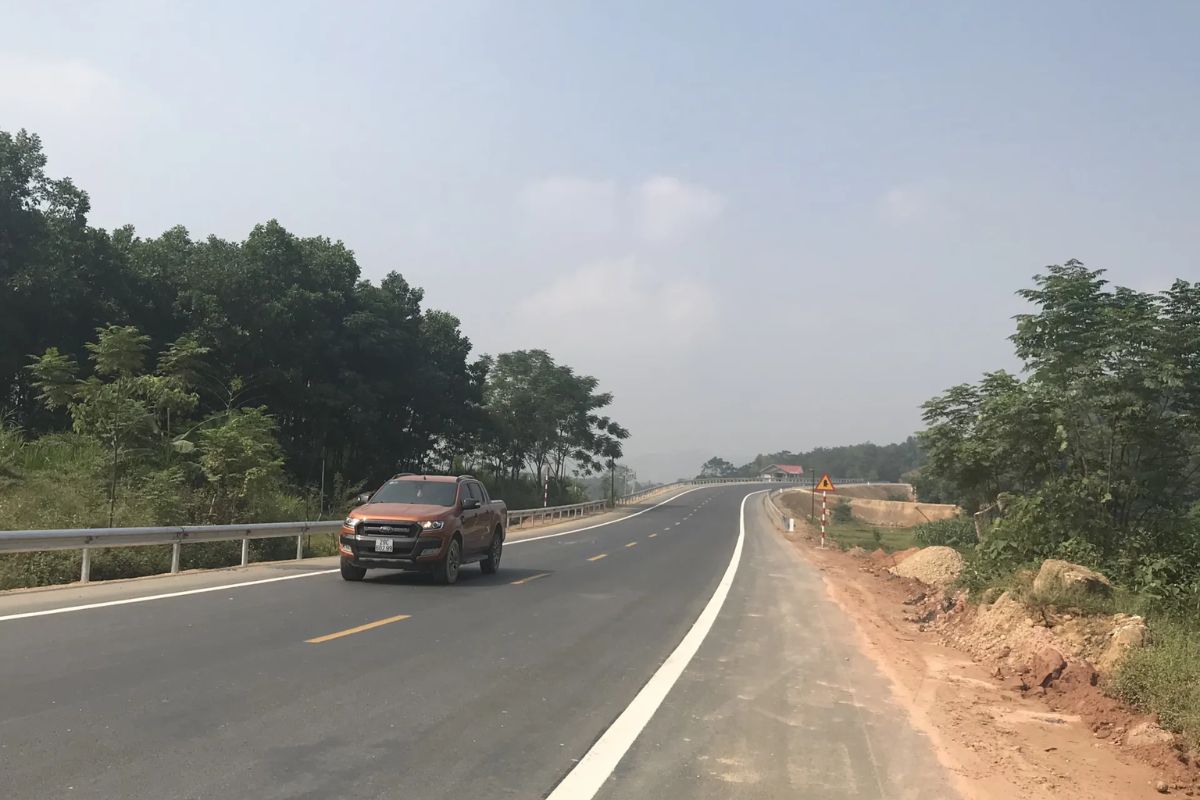
Via QL32 (Source: kinhtedothi)
Ha Noi to Ha Giang Transportation Options – Which One Fits You Best?
Option 1 – Sleeper Bus or Limousine from Hanoi
If you are low on budget or have reached Hanoi late, this is the optimum choice. You can travel to Sapa in a sleeper bus or luxury limousine van from various places like My Dinh Station, Gia Lam, or direct pickup within the Hanoi Old Quarter, very handy for tourists who have pre-booked a hotel in Hanoi.
There are different types of buses:
- Regular sleeper bus: reclined beds, air-conditioned, minimum comfort.
- Cabin bus: more privacy, USBs, and curtains.
- Limousine van: lower seating capacity, soft leather chairs, smoother ride, good for small group tours.
Upscale operators like Quang Nghi, Manh Quan, and Ngoc Cuong offer evening and early morning trips. Fares are typically USD 12 to 20 based on class and route. Travel time? Roughly 6 to 9 hours, with overnight travel, saving an overnight stay, getting you into Ha Giang bus station in time to start the loop.
Pros:
- Cheap
- Straight from city centers
- Saves time as an overnight trip
Cons:
- Limited legroom (for taller passengers)
- Potential for noisy rides or inconsistent air conditioning
- Less flexibility for scenic stops
You can book via Vexere, 12go.asia, or contact the operator via phone (most have Zalo/WhatsApp). Make sure to confirm the pickup location, especially if you’re departing from the Hanoi Old Quarter.
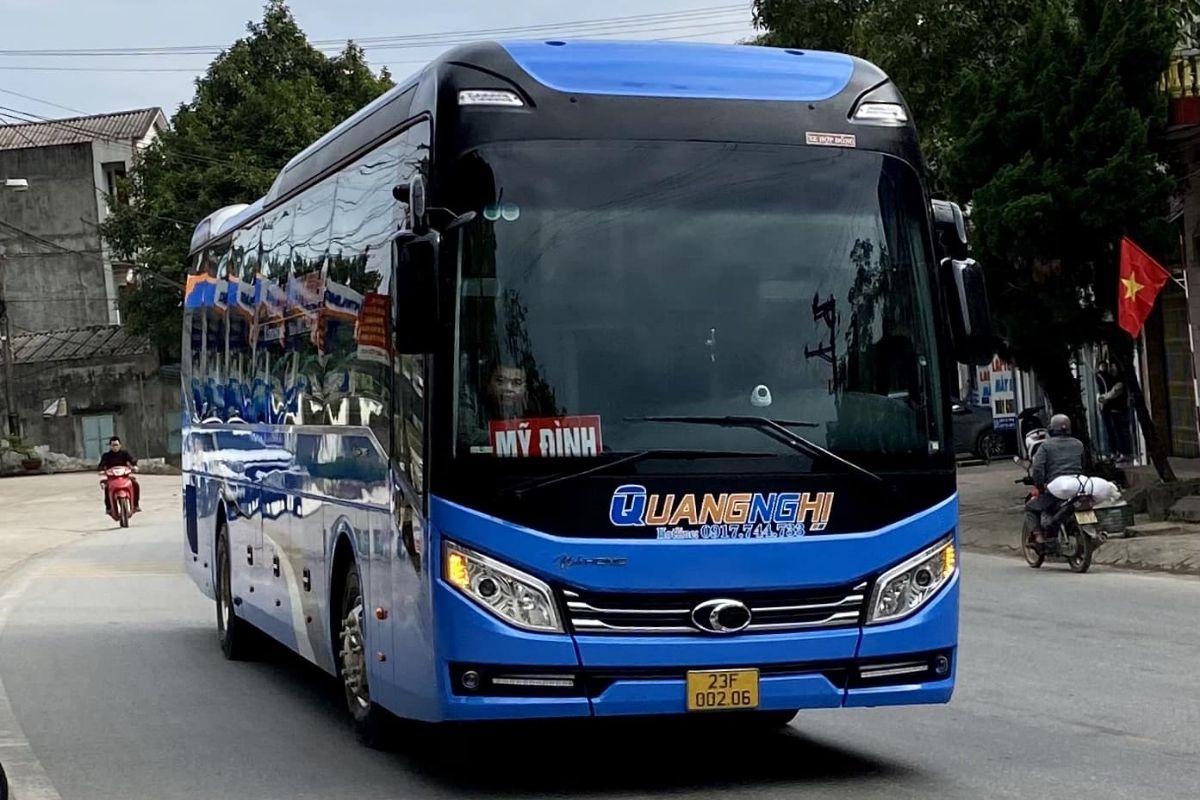
Quang Nghi bus (Source: xequangdanh)
Option 2 – Private Car or Van Charter
Looking for freedom, comfort, and door-to-door service? A private car or van charter is perfect, especially if you’re traveling as a family, a group of friends, or want privacy after arriving in Hanoi on a long flight.
This option offers pickup from your hotel in Hanoi or even Noi Bai Airport, and you can choose your own pickup time. You can take breaks for scenery viewing, local eating, and bathroom breaks, something that a sleeper bus cannot offer.
Average cost: USD 120–150 each way, car type and company-dependent. Vans can hold up to 9 individuals and usually have excellent air conditioning and comfortable seating.
Reputable car rental agencies and tour operators in Hanoi can arrange this with licensed drivers familiar with the Ha Noi to Ha Giang loop. Some offer package transfers that go well beyond Ha Giang, best for travelers going on to Dong Van, Du Gia Village, or linking further by bus from Ha Giang to Cao Bang.
Ideal for:
- Passengers who dislike overnight travel
- Families traveling with kids
- Groups traveling with a lot of luggage
Pro tip: Book with licensed agencies that offer hotline support in English. Avoid street stalls outside bus stations selling last-minute deals; they may omit insurance or tourist-focused service.

Private Car for Hanoi to Ha Giang (Source: asialimousine)
Option 3 – Motorbike (For Adventure Riders)
Ready to make this trip one to remember? Ha Noi to Ha Giang motorbiking, or even doing the Ha Giang Loop upon arrival, is an experience in itself. The highway twists and turns through mist-covered peaks, rice terraces, and the legendary Ma Pi Leng Pass, heaven for a photographer and a ride from hell for the rider.
Is it doable for beginners? Possibly, but only if you’re confident, licensed, and physically fit. The Ha Noi to Ha Giang ride alone takes 8–10 hours, often under shifting weather, winding mountain roads, and heavy trucks.
Before setting off, ensure:
- Valid license (an International Driving Permit, your local license)
- Proper motorbike rental from reputable shops in the Hanoi Old Quarter
- Protective gear: helmet, gloves, raincoat, boots, and layered clothing (even in summer)
- Motorbike accident insurance coverage and travel insurance
Most major rental stores offer one-way drop-off or have support vehicles for multi-day group tours.
Drive Tip: Take QL2 via Vinh Phuc & Tuyen Quang. Avoid shortcuts except when guided. Once you arrive in Ha Giang, overnight to night relaxing before tackling the entire Ha Giang Loop, best to start early morning.
Scenic stops on the way:
- Tam Dao town (in case of taking a shortcut)
- Tuyen Quang countryside
- Ethnic markets along the journey from Ha Giang to Hanoi
Essential reminders:
- Never travel at night
- Refuel fully in large towns
- Pass on blind corners safely
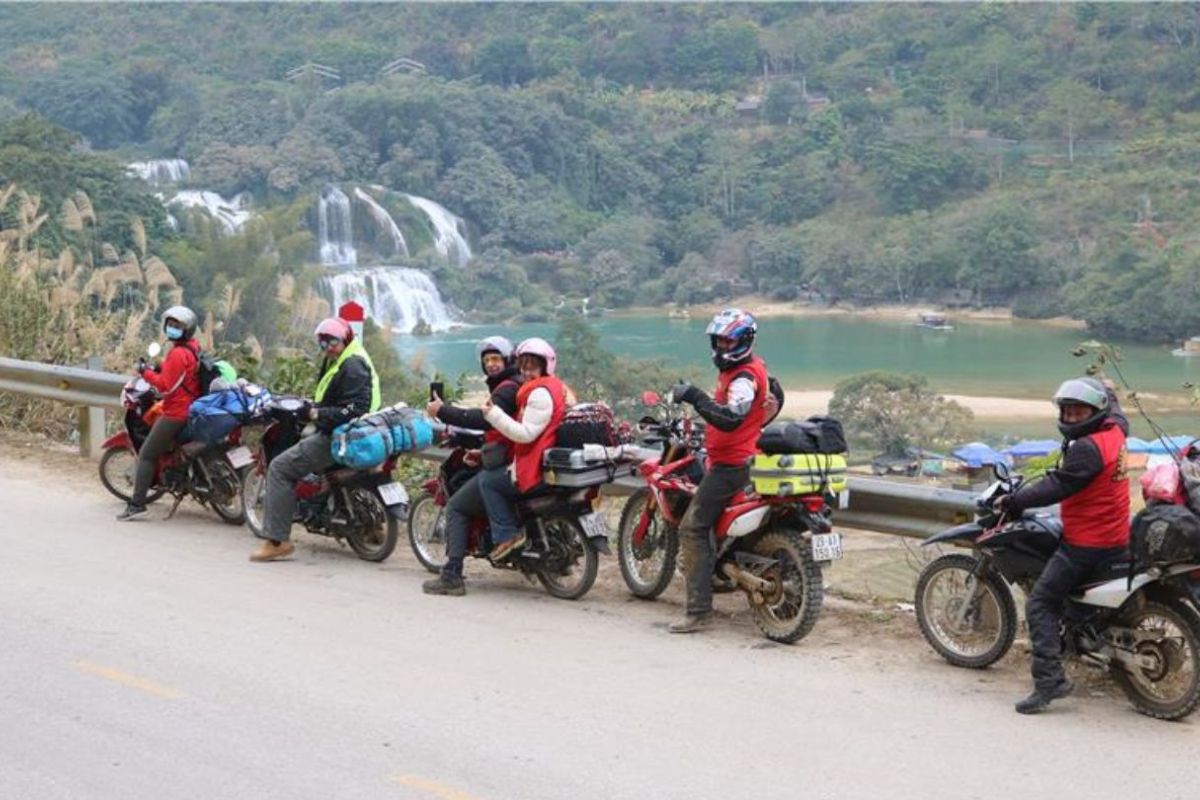
Motorbike Ma Pi Leng Pass (Source: sapanomad)
When Is the Best Time to Travel from Ha Noi to Ha Giang?
Spring (February – April) with Hanoi to Ha Giang Travel
This is the blossoming season! Peach and plum blossoms paint Ha Giang’s mountains and fill entire valleys in soft colors. Market and village festivals bring markets and villages to life, and the climate is ideal for motorbiking trips. If you are traveling in Hanoi at the beginning of the year, plan your Ha Giang to Ha Noi trip during this lyrical time of the year.
Summer (May – June) with Hanoi to Ha Giang Travel
The rainy season begins, but stick with it. This is the spilling water season in the rice paddies, especially around Hoang Su Phi. Sunlight reflects off water-covered paddies like mirrors, creating stunning scenery. Bring light rain gear, and take extreme caution if riding a motorbike along mountain roads.
Autumn (September – October) with Hanoi to Ha Giang Travel
Perhaps the best time to travel through the Ha Giang loop is. It’s rice harvest season and the beginning of the Tam Giac Mach flower bloom. Dry roads and mild weather are perfect for bicycle trips, hiking, and stops at ethnic markets in Dong Van. Group tour business is strong, so book your sleeper bus, private car, or hotel ahead.
Winter (November–January) with Hanoi to Ha Giang Travel
Winter in Ha Giang is chilly, foggy, and rather atmospheric. Mist rolls over mountain roads, and Du Gia village is a serene bliss. The roads are open, but visibility is lessened, so attempt to travel during the day. Well-suited for photography enthusiasts, rather less so for nervous drivers.
Weather & Road Considerations with Hanoi to Ha Giang Travel
Throughout the year, mountain roads mean inclement weather. Sun, wind, and unexpected rain are apt to hit in the span of a single day. Pack an umbrella, layered apparel, and wet-weather covers for electronics along with you, even if you’re on a sleeper bus or private vehicle from the Hanoi Old Quarter. Roads get slick, especially near Ma Pi Leng Pass, so take care.
Sample Itinerary Suggestions from Ha Noi to Ha Giang
Let’s put planning into action! Below are two sample itineraries, one for fast explorers and one for depth seekers.
3 Days 2 Nights (Quick Escape)
- Day 1: Ha Noi leaves early morning to Ha Giang by sleeper bus, private car, or even early drive. Hotel check-in in Ha Giang City.
- Day 2: Start the Ha Giang loop! Travel to Dong Van, ride the notorious Ma Pi Leng Pass, and arrive in Meo Vac at night.
- Day 3: Back the same way, or continue north to Cao Bang (read: Ha Giang bus to Cao Bang).
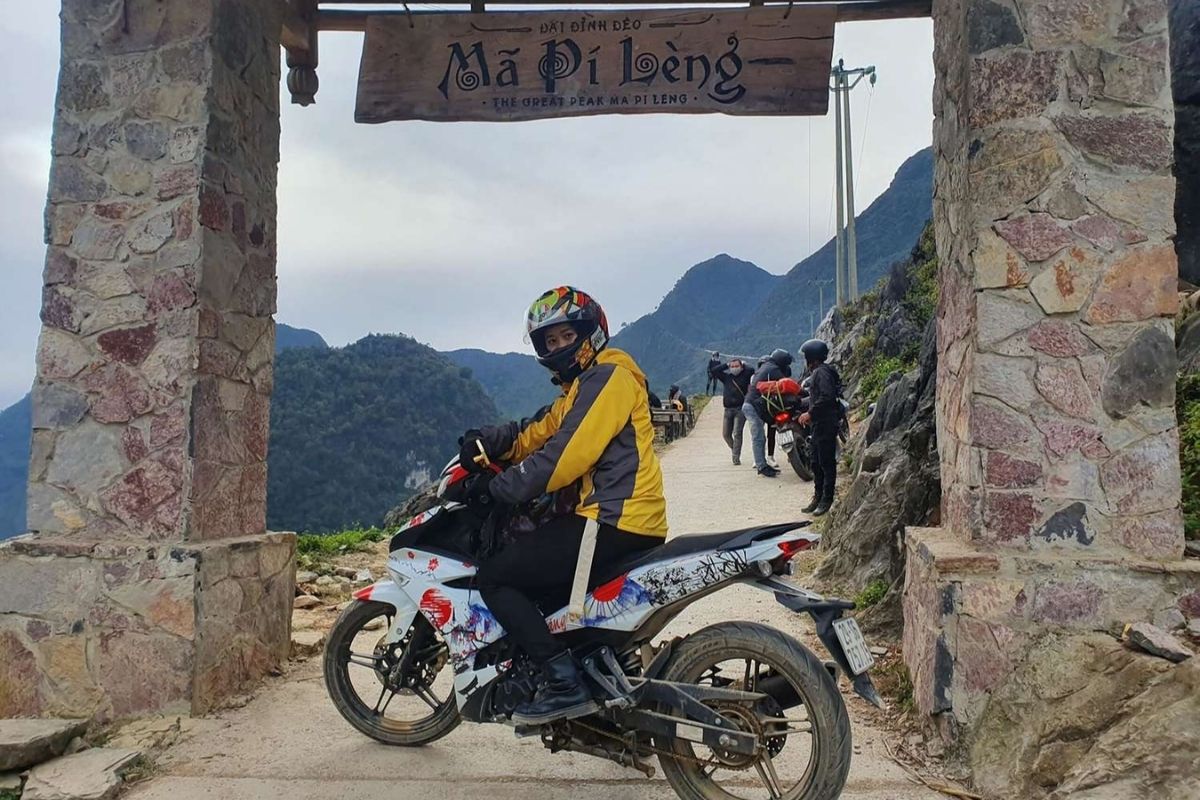
Ma Pi Leng Pass (Source: mia)
5 Days 4 Nights for Hanoi to Ha Giang Exploration
Perfect for those with time to go fully deep into the loop.
- Day 1: Ha Noi to Ha Giang, night in the city.
- Day 2: Quan Ba Heaven’s Gate visit, night in Yen Minh.
- Day 3: Motorbiking to Dong Van, H’mong markets, and French colonial architecture visits.
- Day 4: Trek or Lung Cu Flagpole visit, then on to Meo Vac or Du Gia.
- Day 5: Return from Ha Giang to Ha Noi in style.
For repeat visitors, plan arrival in Hanoi with flexibility before your flight from Noi Bai Airport or arrange an airport bus from within the city.
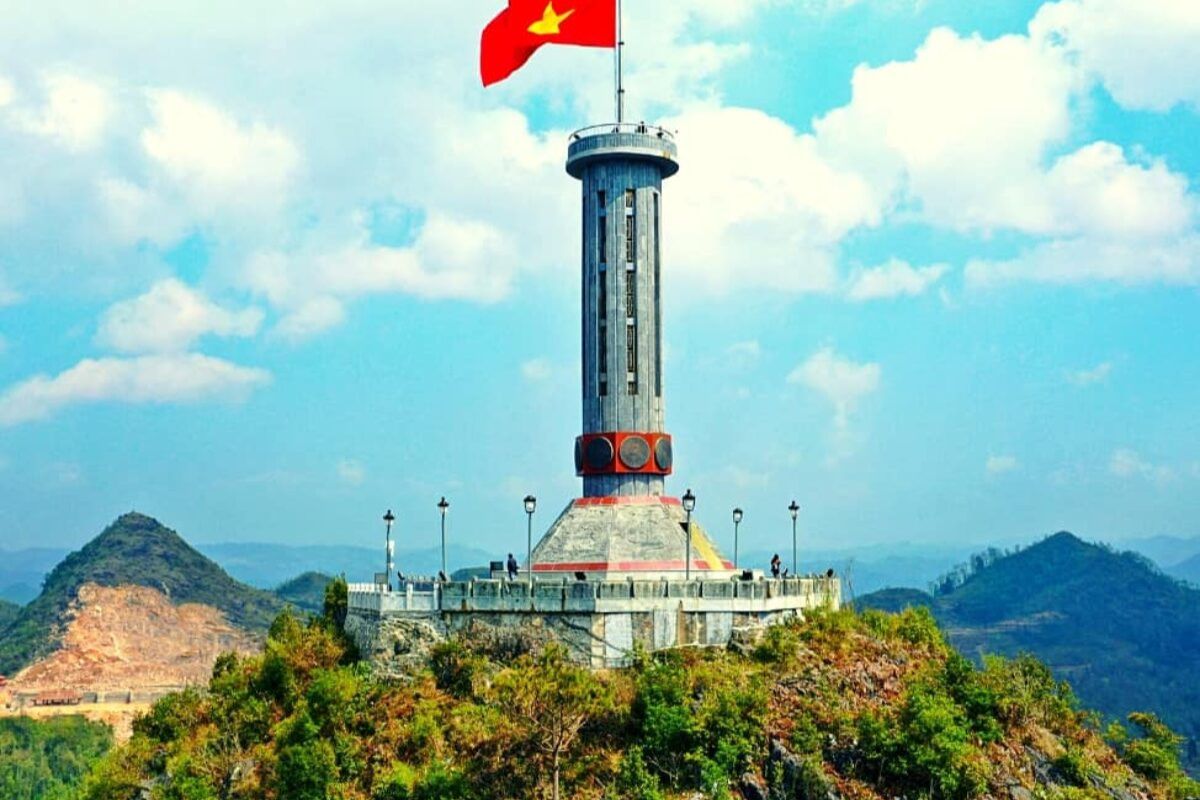
Lung Cu Flagpole (Source: dulich3mien)
Travel Tips for First-Timers on the Ha Giang Road
First time from Ha Noi to Ha Giang? Here are insider tips from local guides and fellow travelers:
- Pack for All Seasons: Even the summer nights are cold in the mountains. Always carry warm clothing, rain protection, and gloves.
- Bring Snacks & ID: Light snacks, water, and official documents (passport or ID card) are essential, especially for international travelers.
- Fuel Up: Gas up in Ha Giang, Yen Minh, Dong Van, and Meo Vac. These are your best bets before moving on to more rural zones.
- Motion Sickness Prevention: Winding roads can be intense. Have ginger candy, Dramamine, or motion bands at the ready, especially for bus riders.
- Avoid Night Driving: Lights are sparse, and mountain passes like Ma Pi Leng are simply too treacherous at night. Budget a night in town instead of attempting to push Ha Giang to Hanoi in one stretch.
Conclusion
From sunrise over Dong Van, winding through cloud at Ma Pi Leng, to collecting pho from a bus stop on the return from Ha Giang to Ha Noi, this is a trip that will stay with you for the rest of your life. Book ahead, prepare well, and relish each turn and gradient. Regardless of whether you’re going it solo, joining a Ha Giang tour, or driving your private vehicle, let this journey serve as a reminder: the route from Ha Noi to Ha Giang is more than just a connection; it’s a story to be shared.
FAQs
How do I get to Ha Giang city from Hanoi?
To get from Ha Noi to Ha Giang, most travelers choose a sleeper bus departing from My Dinh, Gia Lam, or the Hanoi Old Quarter, with trips lasting 6–9 hours. Buses often run overnight, making it easy to start the Ha Giang loop early the next morning. For comfort and flexibility, private cars are a great option, especially if you’re traveling with others or arriving at Hanoi airport.
Which is better, Sapa or Ha Giang?
Thinking of Sapa or Ha Giang? Sapa is easier and more developed, but Ha Giang offers more cultural experience, more spectacular scenery, and a lot fewer tourists. Some people do both, taking the Sapa to Ha Giang bus and doing Ha Giang to Ha Noi to complete the circuit.
How long is the sleeper bus from Ha Noi to Ha Giang?
Sleeper buses take anything from 6–9 hours, depending on the bus type and traffic. Reasonable comfort with air-con and pickup from a hotel near your place in Hanoi is offered by operators like Ngoc Cuong and Manh Quan. Book online at Vexere or 12go.asia.
Is the Ha Giang Loop worth it?
Yes, the Ha Giang Loop is worth it. From the Ma Pi Leng Pass grandeur to secret spots like Du Gia village, the route is a must for freedom-seekers, nature enthusiasts, and good stories on the road from Ha Giang to Hanoi.


























